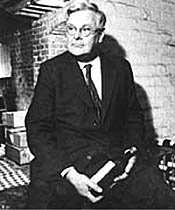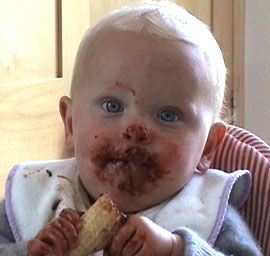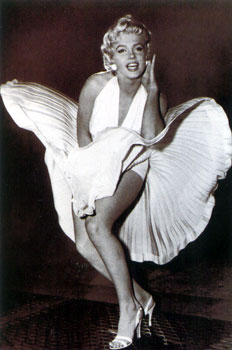
Does anyone think it's increasingly rare that women are happy in their skins?
So many women I meet seem to almost completely
tie up their self worth in their appearance. Oh I know it's always been the case that women have been judged on what they look like rather than who they are, but we're supposed to have moved on a bit since the 1950's.
In my line of work, I am more likely than most to be encountering dissatisfaction and poor body image on a regular basis, but among my friends and acquaintances, body shape, looks and dieting are a perennial pre-occupation, some of them to quite a pathological degree.
The conference on
eating disorders in Barcelona recently was stimulating and worrying in almost equal measure.
Eating disorders are on the increase. The incidence is increasing in men as well as in women, and the onset is at an earlier age (though the most vulnerable time overall is still puberty).
The causes are multifactorial. Some researchers are looking at possible genetic predispositions which could make individuals more likely to develop an eating disorder under certain environmental conditions (ie stresses such as poor family support, bullying etc). Societal attitude to the beauty ideal is certainly a factor, as are the prevailing messages about food and eating. Media portrayals of 'ideals' and 'norms' are an influence on girls as young as 5.
Role models are important. Mothers and peers are enormously influential. A girl whose mother is always 'on a diet' and whose friends discuss Brittany versus Christina in terms of their looks rather than talent, is much more likely to suffer from poor self esteem and to have a distorted perception of her own body.
Parents of overweight children are frequently anxious about how to address the overweight without promoting body dissatisfaction and possibly triggering and eating disorder. In fact, overweight children are most likely already dissatisfied with their appearance.
This all probably sounds a bit 'heard it before- yaaaawn'.
We've had the Karen Carpenter biopic and Susie Orbach's 'Fat is a Feminist Issue'. We're jaded with the how skinny is Nicole/Lindsay/the one with the dark hair who used to be in
Twin Peaks.
Here's the thing- eating disorders are a tragic psychiatric condition about stress and control and because as a society we contribute in some way, as individuals, we each need to start somewhere and do our bit.
I'm happy that I actively promote a move away from dieting behavior towards healthy relationships with food both in my work and my life, but I also resolved in Barcelona to get over myself.
For a start, I'm going to do my very best to
1. be less self-critical- of my abilities, my skin, my thighs...
2.
not avoid going to the doctor because I'm self conscious about any/all of the above (I know, I know! I was barely aware that I did that and how ridiculous it is)
3. avoid engaging in discussions with or about others on the basis of weight or appearance
For
health professionals;
for ED suffers;
for friends & family.
See if there are any resolutions you can make.
 I had started a little mini-series on the merits of various foods some time ago. Then a lovely email from the Bibliocook brought my attention to the excellent Eat the Seasons website, which already does the job!
I had started a little mini-series on the merits of various foods some time ago. Then a lovely email from the Bibliocook brought my attention to the excellent Eat the Seasons website, which already does the job!





